Robotized Systems Design
Data is displayed for academic year: 2023./2024.
Lecturers
Course Description
The concept and classification of robotic systems. System performance metrics. Throughput, cycle time and WIP. Little's law. Balancing the production line. Layout design. Basics of queuing theory and application to production systems. Task scheduling in robotized systems. Application of Johnson algorithm and Dijsktra algorithm to task scheduling. Time windows method. Just in time production. Examples of robotized systems.
Study Programmes
University graduate
[FER3-EN] Control Systems and Robotics - profile
Elective courses of the profile
(3. semester)
Learning Outcomes
- Explain the classification of robotized systems
- Analyze the performance of robotized systems
- Apply the methods for balancing of production lines
- Apply modeling method using queuing theory
- Apply job scheduling algorithms
- Apply methods of clustering jobs into workstations
Forms of Teaching
Lectures
Lectures are held each week in duration of 2h.
LaboratoryIn the laboratory exercise students implement their scheduling algorithm.
Week by Week Schedule
- Inroduction to robotited systems. Warehouses, Automated Guided Vehicles, Flexible manufacturing systems
- Performance metric - Throughput, Production rate, Work-in-process
- Little's law
- Introduction to modeling robotized manufacturing systems using queuing theory.
- M/M/1 and M/M/c queue.
- The GI/G/1The GI/G/c queue
- Network of queueing systems
- Midterm exam
- Scheduling in operative robotized systems - intorduction
- Scheduling of flow shop systems (Johnsons algorithm)
- Scheduling in job-shop systems - heuristic algorithm
- Scheduling in job-shop systems - schifting bottlench
- Scheduling in project type systems
- Just-in-time production, Kanban strategy
- Final exam
Literature
(.), G. L. Curry and R. M. Feldman, “Manufacturing Systems Modeling and Analysis” , Springer, 2011.,
(.), W. J. Hopp, M. L. Spearman: “Factory Physics”, Irwin McGraw-Hill, 2000.,
(.), K. Baker, D.Triesch: Principles of Sequencing and Scheduling 2009. Wiley.,
For students
General
ID 223124
Winter semester
5 ECTS
L1 English Level
L1 e-Learning
30 Lectures
0 Seminar
0 Exercises
8 Laboratory exercises
0 Project laboratory
0 Physical education excercises
Grading System
Excellent
Very Good
Good
Sufficient


 Pristupačnost
Pristupačnost